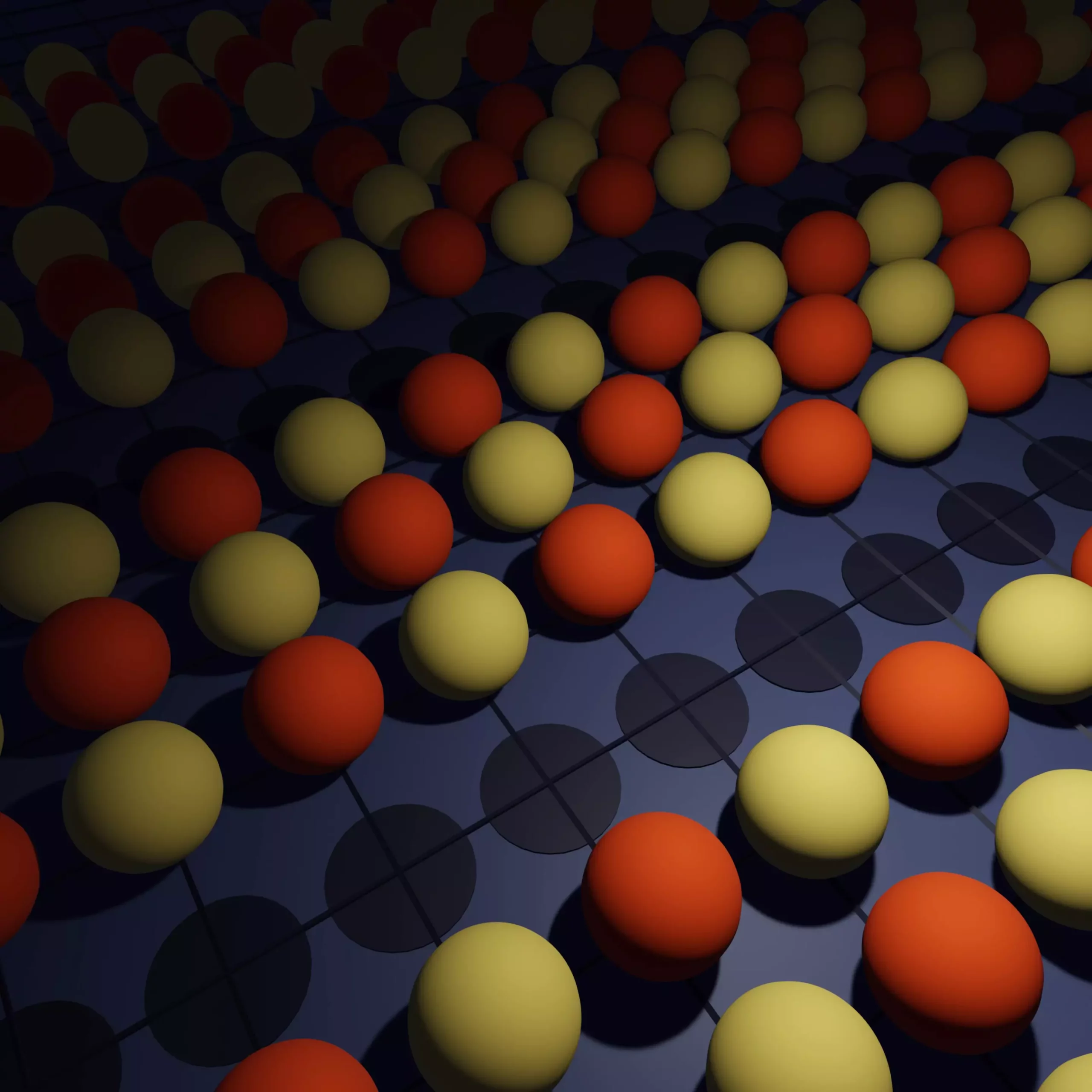In the realm of quantum physics, few puzzles remain as captivating as the concept of the pseudogap. This phenomenon, which is intricately linked to the field of superconductivity, has been the focus of recent groundbreaking research. Scientists have made significant strides toward understanding this peculiar state, which could potentially pave the way for advancements in technologies reliant on superconductivity. This article delves into the implications of this research, explaining what the pseudogap is, its importance in high-temperature superconductors, and how new computational techniques are shedding light on a long-standing enigma in condensed matter physics.
Superconductivity refers to the ability of certain materials to conduct electricity without any resistance, leading to applications such as lossless power transmission and ultra-efficient maglev trains. Although superconductivity in certain copper-oxygen compounds has been observed at temperatures higher than minus 140 degrees Celsius, these conditions are still far from room temperature. The pseudogap state emerges at higher temperatures where the material exhibits both metallic and semiconducting properties, presenting a mystery that has eluded scientists for decades.
The pursuit of room-temperature superconductivity remains one of the most significant challenges in condensed matter physics. Achieving this would not only revolutionize energy transmission but also enhance the capabilities of technologies like MRI machines. To reach this goal, researchers need to better understand the pseudogap—a state present in all high-temperature superconducting materials. The central question is whether the pseudogap persists as temperatures approach absolute zero, a state where electron motion ceases.
By applying advanced computational techniques, scientists have begun to unravel this mystery. As Antoine Georges, co-author of the recent study published in Science, articulated, the previous understanding of the pseudogap was like navigating through a foggy landscape. New algorithms are now allowing researchers to achieve clarity where there was once uncertainty. This insight not only improves the comprehension of high-temperature superconductors but also marks a step toward the possibility of room-temperature superconductivity.
Studying quantum states like the pseudogap presents significant computational challenges due to the complex behavior of electrons. Quantum entanglement complicates simulations, creating an environment where direct calculations become nearly impossible. To surmount these challenges, scientists have turned to sophisticated algorithms and simplified models, with one notable example being the Hubbard model. This model likens the interactions of electrons in a material to a chess game, allowing researchers to simulate how electrons behave under various conditions.
However, the difficulty lies in addressing the pseudogap, positioned in a regime where computational methods traditionally used at zero temperature or finite temperature do not coincide. The breakthrough study utilized an algorithm known as diagrammatic Monte Carlo to tackle this challenging zone effectively. By considering interactions across the entire electronic structure at once, researchers could simulate a vast number of particles, offering new insights into the behavior of materials as they cool.
The findings from this recent research provide valuable answers about the behavior of pseudogap materials as they transition toward absolute zero. Notably, as materials enter this region, they develop stripe-like electronic structures, where electrons organize into specific patterns. This discovery provides clarity on how these materials evolve and illustrates the relationship between temperature and electronic organization.
Moreover, the research indicates that modifications to the Hubbard model can result in the evolution of the pseudogap into a superconducting state, thereby overcoming some existing barriers in superconductivity research. Additionally, it highlights that the onset of the pseudogap is linked to the emergence of checkerboard patterns in electron arrangements, increasing understanding of how electron configurations influence superconducting properties.
The implications of these findings extend beyond the immediate study of superconductivity. The understanding gained through this research can be applied in varied fields, including ultracold quantum gas simulations—a 20-year-old domain at the crossroads of quantum optics and condensed matter physics. Enhanced control over ultracold systems enables researchers to experimentally verify theoretical predictions related to the pseudogap, further bridging the gap between theory and practice.
As the scientific community continues to unite computational approaches to explore this and related problems, we stand on the cusp of a new era in understanding complex quantum systems. The collaborative efforts that drive such progress hold the promise of unlocking technologies that could transform our approach to energy efficiency and beyond.
The breakthrough in comprehending the pseudogap signals a robust step forward in condensed matter physics. As researchers navigate this intricate landscape, the possibility of achieving room-temperature superconductivity draws ever closer, potentially ushering in a new age of technological advancement.


Leave a Reply